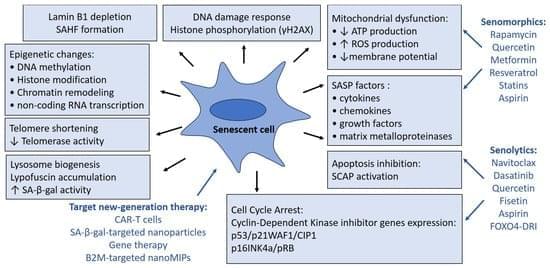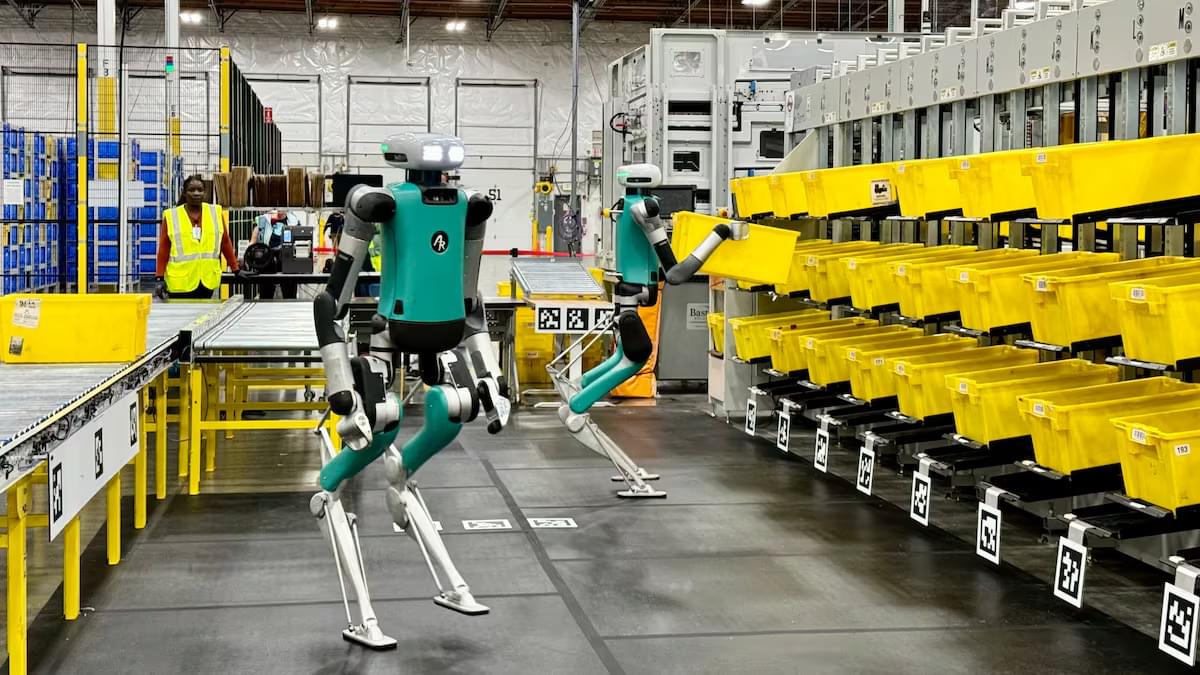The decades-old limit on how long human embryos can be grown in culture is under debate. A new road map outlines how to extend the length of culture responsibly.



Cellular senescence is a key mechanism of aging. Senescent cells negatively affect the function of tissues and organs, significantly contributimg to the aging of the organism. Functional and structural characteristics of senescent cells, such as genomic changes and cell cycle arrest, lysosome and mitochondrial dysfunction, and production of SASP factors, are promising therapeutic targets in the context of healthy longevity. The present review was designed to characterize the features of senescent cells in order to discuss current methods and problems of geroprotective therapy and perspective factors for the development of new strategies of anti-aging treatment. Publications were searched based on the analysis of articles containing the keywords “senescent cells, aging, senolytic therapy, SASP, mitochondrial dysfunction” in the PubMed and Scopus databases up to March 2025.



A large multicenter trial found that a 12-week personalized exercise therapy and self-management support program produced a small but statistically significant improvement in health-related quality of life for adults with multimorbidity. The intervention was safe, but its clinical relevance remains uncertain, as only self-rated health showed a significant benefit over usual care.


There is extensive evidence that brain criticality – the balance between neural excitation and inhibition – enhances its information processing capabilities.
But despite the significance of brain criticality and its potential influence on neurological and psychiatric disorders, the genetic basis of this state had been “largely unexplored”, according to researchers from the Chinese Academy of Sciences’ biophysics and automation institutes. “We demonstrate that genetic factors significantly influence brain criticality across various scales, from specific brain regions to large-scale networks,” the team said in their paper published in the peer-reviewed journal Proceedings of the National Academy of Sciences last month.
They also established a link between criticality and cognitive functions, suggesting a shared genetic foundation.
“These findings position brain criticality as a biological phenotype, opening broad avenues for exploring its implications in brain function and potential dysfunctions,” the team wrote.
Brain criticality is characterised by neuronal avalanches, or cascading bursts of neuron activity in brain networks.
“At the critical state, the brain exhibits scale-free dynamics, with avalanches observed across various scales ranging from local networks of individual neurons to the global network of interacting brain areas,” the paper said.

Stores of glucose in the brain could play a much more significant role in the pathological degeneration of neurons than scientists realized, opening the way to new treatments for conditions like Alzheimer’s disease.
Alzheimer’s is a tauopathy; a condition characterized by harmful build-ups of tau proteins inside neurons. It’s not clear, however, if these build-ups are a cause or a consequence of the disease. A new study now adds important detail by revealing significant interactions between tau and glucose in its stored form of glycogen.
Led by a team from the Buck Institute for Research on Aging in the US, the research sheds new light on the functions of glycogen in the brain. Before now, it’s only been regarded as an energy backup for the liver and the muscles.

Amazon is going to put an end to human labour. Yes, it has reached a turning point that will change how we view salaried work forever: robots will outnumber human employees in warehouses around the world. The company that until a few years ago was seen as a major job creator has now said no more human labour, it wants more robots. And yes, it will be the first time that robots outnumber human employees, even though Amazon already has one million machines, from robotic arms to wheeled transporters since 2020.
Layoffs continue and job automation doesn’t seem to be slowing down, because of course, not only does it improve company productivity, but machines don’t get sick, don’t ask for personal days, and don’t demand their labour rights… The data may be very optimistic for Amazon, but workers are seeing their jobs being taken away… and there’s no turning back. Here’s what’s happening inside Amazon’s warehouses.
